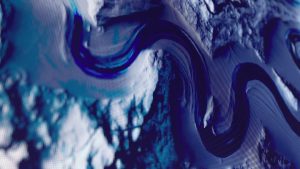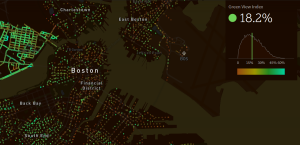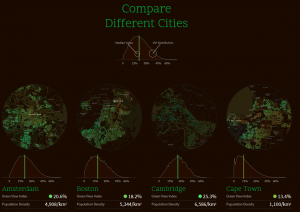Tested’ visit to Snap Ships’ Booth at MakerFaire Bay Area 2018
Though the primary focus of this video is the modular construction aspect of the ships, the most interesting component to me is the brief glimpse into the augmented-reality component. As a kid growing up with Lego, I made ships for hours on end, but they were static models so their interactivity was limited to my imagination. How great would it be to actually pilot my ship and have it interact with an environment?
Snap Ships currently seems to be only a startup looking for funding, consisting of a few guys who used CAD software, apparently Rhino, to design the components and 3D print them. The AR component looks like it may be made from Unity, which is a common starting point for game programming.
For now, the AR portion seems to be at a stage where a built model can be recognized by program through use of a special visual marker; the game can overlay the camera image of the ship with rocket flares and wing contrails. In addition, when a checkered platform is presented to the game’s camera, the game is abel to overlay a preloaded model onto it; the ship rotates with this platform that a person can hold and pick up. It is unknown whether the preloaded models can be replaced with the physically built ones.
Moving forward, the team looks to introduce more parts, such as mecha-themed components, as well as add more interactivity to the AR portion.
![[OLD FALL 2018] 15-104 • Introduction to Computing for Creative Practice](../../../../wp-content/uploads/2020/08/stop-banner.png)



